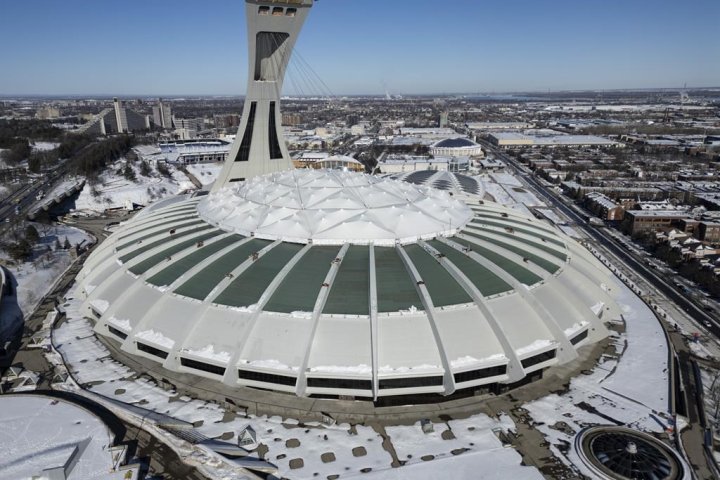
Experts Question the $2B Price Tag for Demolishing Montreal Olympic Stadium, Citing Potential High Costs
The Montreal Olympic Stadium, an iconic structure that has stood as a symbol of the city’s sporting history for over four decades, is facing a controversial fate. Recent discussions surrounding the stadium’s future have sparked a heated debate among experts, as the proposed $2 billion price tag for its demolition raises concerns about the potential high costs involved.
Built for the 1976 Summer Olympics, the Montreal Olympic Stadium, also known as “The Big O,” has been a prominent landmark in the city’s skyline. However, its maintenance and operational expenses have become a burden on taxpayers over the years. With ongoing structural issues and a lack of regular use, the stadium has become a contentious topic of discussion among city officials and experts alike.
The idea of demolishing the stadium has gained traction as a potential solution to alleviate the financial strain it poses. Proponents argue that tearing down the aging structure would eliminate the ongoing maintenance costs and free up valuable land for redevelopment. However, critics are questioning the hefty price tag associated with such an endeavor.
Experts have raised concerns about the estimated $2 billion cost for demolishing the stadium, citing potential high costs that may arise during the process. These costs include not only the actual demolition but also the removal of hazardous materials, such as asbestos, which was commonly used in construction during the time the stadium was built.
One of the primary factors contributing to the high cost projection is the stadium’s unique design and construction. The stadium features a distinctive retractable roof, known as “The Big Owe,” which has been a source of ongoing issues since its inception. Repairing or removing this complex structure adds complexity and expense to any demolition plan.
Additionally, experts point out that demolishing a structure of this magnitude requires careful planning and execution to ensure public safety. The stadium’s location in a densely populated area further complicates the process, as nearby buildings and infrastructure could be affected during demolition. Mitigating these risks would require additional resources and expertise, further driving up costs.
Moreover, the potential environmental impact of demolishing the stadium cannot be overlooked. Experts emphasize the importance of responsibly handling the waste generated during the demolition process. Proper disposal of materials and adherence to environmental regulations would add another layer of complexity and expense to the project.
Considering these concerns, some experts argue that exploring alternative options for repurposing the stadium might be more cost-effective. Ideas such as transforming it into a multi-purpose entertainment venue, a museum, or even a sports complex have been proposed. These alternatives would not only preserve the historical significance of the structure but also potentially generate revenue through increased usage.
Ultimately, the decision regarding the future of the Montreal Olympic Stadium rests with city officials and stakeholders. While the $2 billion price tag for its demolition raises valid concerns about potential high costs, it is crucial to consider all factors before making a final decision. Balancing financial considerations, public safety, environmental impact, and historical significance will be key in determining the fate of this iconic landmark.

